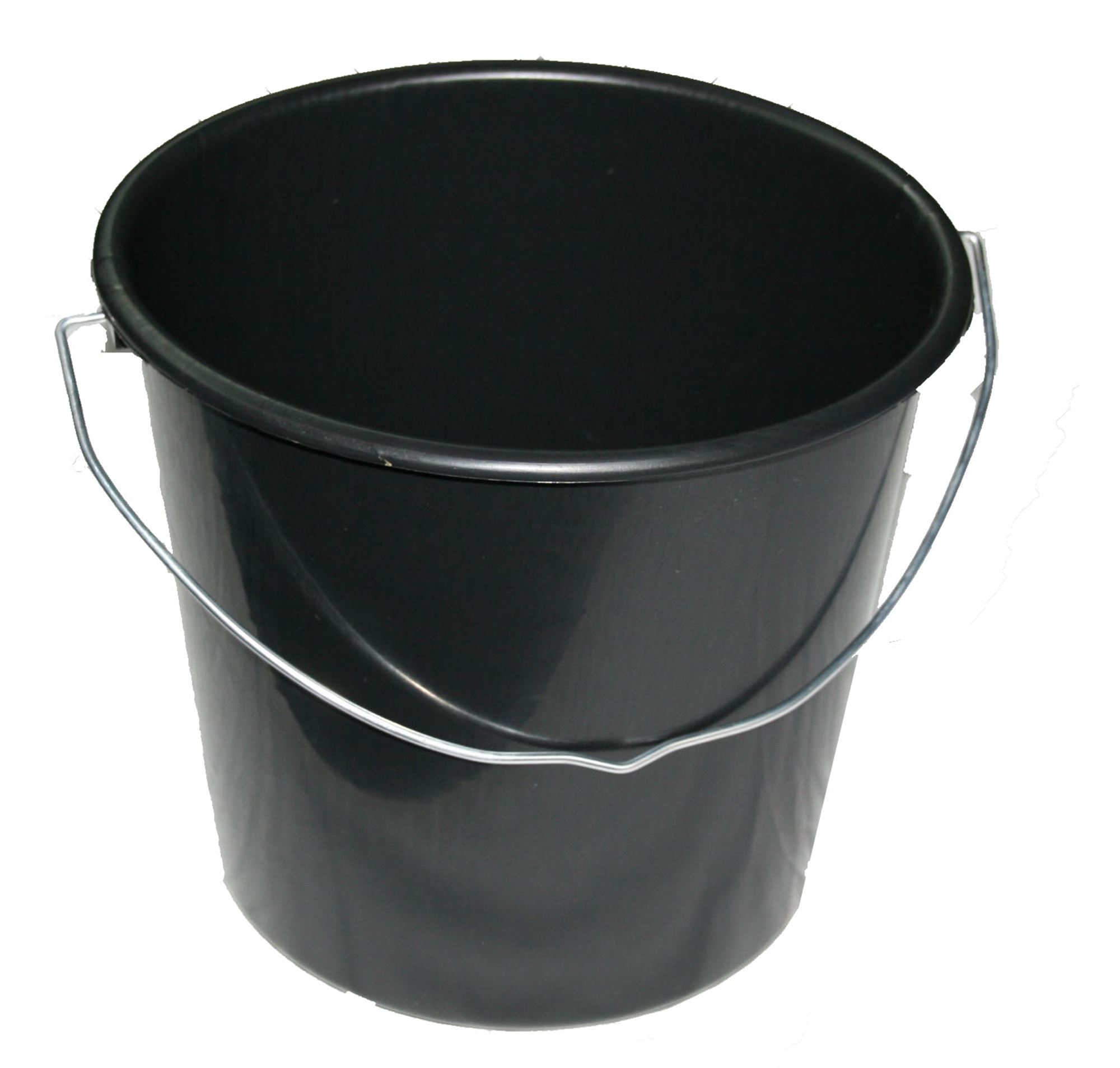TEST OF PRACTICAL KNOWLEDGE QUESTION
Specimen H (Plastic bucket)

(a)(i) State five ways in which specimen H could be used in poultry production.
(ii) Mention two advantages of using specimen H in animal production
(iii) State two disadvantages of using specimen H in animal production.
Specimen I (Mercury in glass thermometer)

(b) Give one reason for using specimen I in the brooding of chicks
Specimen J (Ear tag)

(c)(i) State two ways in which the use of specimen J is important in animal production.
(ii) Name three farm animals on which specimen J could be used.
(a)(i) Five ways in which specimen H (Plastic bucket) could be used in poultry production are:
- Feeding and watering the birds: The plastic bucket can be used to hold and provide water and feed for the birds.
- Collecting eggs: The bucket can be used to collect eggs from the poultry house.
- Mixing and storing feed: The bucket can also be used to mix and store feed for the birds.
- Transporting birds: The bucket can be used to transport chicks or injured birds.
- Cleaning and sanitizing equipment: The bucket can be used to hold cleaning solutions for equipment used in poultry production.
(ii) Two advantages of using specimen H in animal production are:
- Durability: Plastic buckets are durable and can withstand the rigors of daily use.
- Easy to clean: Plastic buckets are easy to clean and sanitize, which helps prevent the spread of disease among the birds.
(iii) Two disadvantages of using specimen H in animal production are:
- Susceptibility to UV light: Exposure to sunlight can cause the plastic to break down, reducing the life of the bucket.
- Plastic toxicity: Some plastics may contain toxic chemicals that can leach into the feed or water, posing a health risk to the birds.
(b) One reason for using specimen I (Mercury in glass thermometer) in the brooding of chicks is to monitor and maintain the temperature in the brooder. The ideal temperature for chicks in the brooder is between 90-95°F (32-35°C). The thermometer helps to ensure that the temperature is within the recommended range, which is important for the health and survival of the chicks.
(c)(i) Two ways in which the use of specimen J (Ear tag) is important in animal production are:
- Identification: Ear tags are used to identify individual animals and keep track of their health and production records.
- Disease control: Ear tags can also be used to control and prevent the spread of disease by identifying and isolating sick animals.
(ii) Three farm animals on which specimen J could be used are:
- Cattle: Ear tags are commonly used to identify and keep track of cattle in commercial beef and dairy operations.
- Sheep: Ear tags are also used to identify and keep track of sheep in commercial sheep production.
- Pigs: Ear tags can be used to identify and keep track of pigs in commercial swine production.
(a)(i) Five ways in which specimen H (Plastic bucket) could be used in poultry production are:
- Feeding and watering the birds: The plastic bucket can be used to hold and provide water and feed for the birds.
- Collecting eggs: The bucket can be used to collect eggs from the poultry house.
- Mixing and storing feed: The bucket can also be used to mix and store feed for the birds.
- Transporting birds: The bucket can be used to transport chicks or injured birds.
- Cleaning and sanitizing equipment: The bucket can be used to hold cleaning solutions for equipment used in poultry production.
(ii) Two advantages of using specimen H in animal production are:
- Durability: Plastic buckets are durable and can withstand the rigors of daily use.
- Easy to clean: Plastic buckets are easy to clean and sanitize, which helps prevent the spread of disease among the birds.
(iii) Two disadvantages of using specimen H in animal production are:
- Susceptibility to UV light: Exposure to sunlight can cause the plastic to break down, reducing the life of the bucket.
- Plastic toxicity: Some plastics may contain toxic chemicals that can leach into the feed or water, posing a health risk to the birds.
(b) One reason for using specimen I (Mercury in glass thermometer) in the brooding of chicks is to monitor and maintain the temperature in the brooder. The ideal temperature for chicks in the brooder is between 90-95°F (32-35°C). The thermometer helps to ensure that the temperature is within the recommended range, which is important for the health and survival of the chicks.
(c)(i) Two ways in which the use of specimen J (Ear tag) is important in animal production are:
- Identification: Ear tags are used to identify individual animals and keep track of their health and production records.
- Disease control: Ear tags can also be used to control and prevent the spread of disease by identifying and isolating sick animals.
(ii) Three farm animals on which specimen J could be used are:
- Cattle: Ear tags are commonly used to identify and keep track of cattle in commercial beef and dairy operations.
- Sheep: Ear tags are also used to identify and keep track of sheep in commercial sheep production.
- Pigs: Ear tags can be used to identify and keep track of pigs in commercial swine production.


